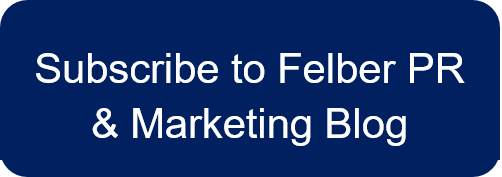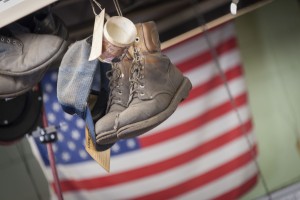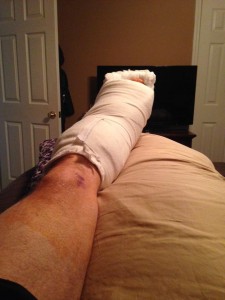How manufacturers can make content marketing picture perfect
Rob Felber’s article in the Crain’s Cleveland Business Akron Edition
Photos are a critical element in content marketing for manufacturers. Whether your story is strictly online, being used for a media article or your own collateral, a picture does tell a thousand words.
But what if the words are wrong? The following are key factors to consider when staging, using or choosing just the right photo.
The first and often most important factor in photo use is resolution. Most print publications require at least a minimum of 300 dpi. Not sure how to get the highest resolution on your digital camera? Simply set your camera to capture the highest resolution, or put it on a “raw” setting. This will ensure you have the depth, pixels and, ultimately, the resolution publications require. Just because it looks good on a website or on Facebook does not mean the photo file is large enough to be used in print or even with your trade show booth display
When taking a photo, it is important to feature what you want to show, but also what you do not want to show. Often, we might see great photos of workers getting the job done. What is often overlooked is safety.
Are the workers on a roof tied off properly and wearing Occupational Safety and Health Administration and industry-standard safety equipment? Your photo runs the risk of being rejected if your facility and workers are not up to industry standards. Even worse, if the photo gets published and others notice your workers, with logo-emblazoned helmets, prominently displaying an obvious safety violation, you could greatly tarnish your brand and reputation.
During the photo-selection process, ask yourself, “Are we giving too much away?” Look carefully at not only the subject of your photo, but the background. Here are some key points to consider:
- Is there proprietary equipment in the background?
- Are secret processes able to be seen in photo?
- Is the environment messy?
- Are there people in the scene who are distracting?
- Are customers featured, and do you have their permission? Be cautious about tipping off your competition.
When pre-planning your photo shoot (please tell us you just didn’t charge your iPhone and wing it), make sure to review your company’s branding and messaging guidelines. Try to capture photos that support your brand.
Are you proud to be union and American-made? Look for opportunities to take photos that support that image. Do you profess to have associates who roll up their sleeves and get the job done? Choose a scene and personnel that show just that.
With these tips in mind, you’re ready to capture and use the perfect photo.
Read the full article here.




